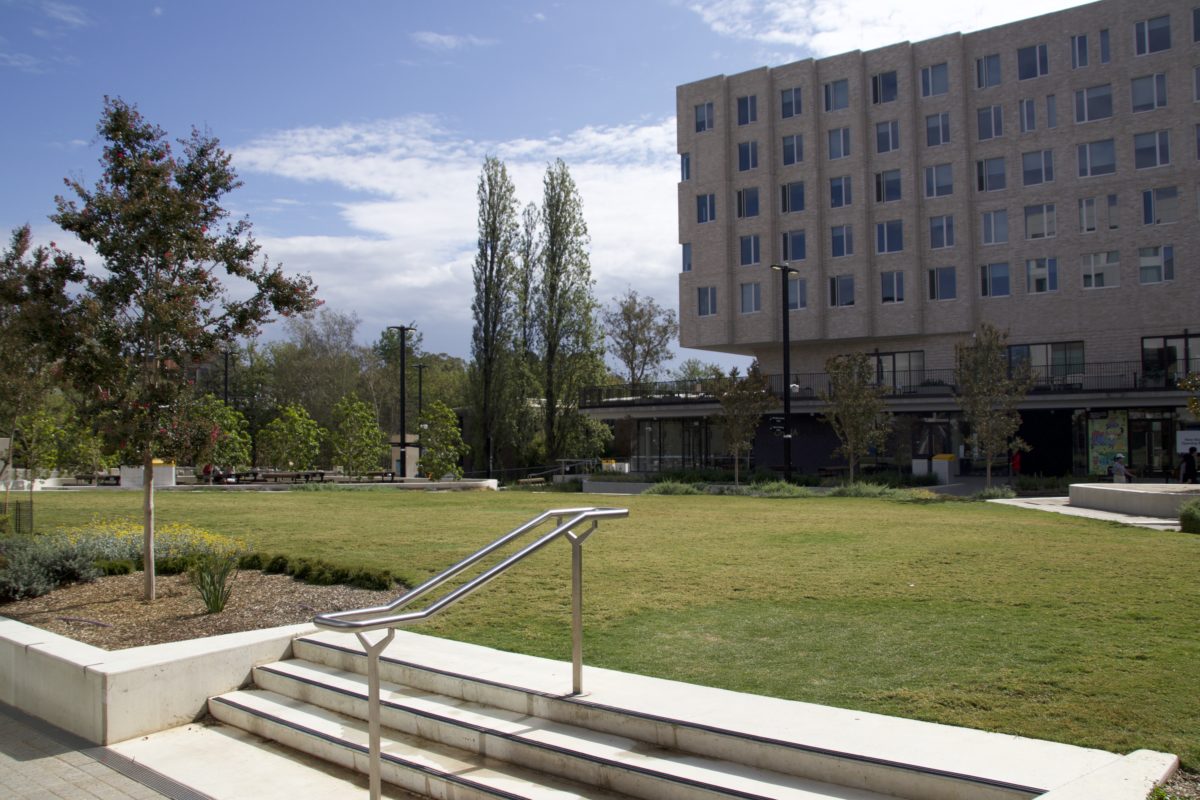When the ACT went into lockdown in early June, the ANU devised a unique set of restrictions for student residences to cater for the high transmissibility of COVID-19 in a student residence. Originally, these restrictions matched the wider ACT restrictions: a person could not leave their room except for grocery shopping, work, medical appointments, and one hour of exercise.
However, as the outbreak in the ACT continued, the ANU moved to an Enhanced Stay at Home Order (ESAHO) system. ESAHO was intended to be more liberal than the first few days of lockdown. As the lockdown continued though, it became increasingly restrictive as compared to the rest of the ACT.
Many students found ESAHO to be challenging, with the social isolation exacerbating mental health issues and limiting academic performance. Additionally, some students struggled with the cooking schedule in self-catered residences. ESAHO meant ‘bubbles’ had one cooking slot a day which could clash with lectures and was easily missed.
Nonetheless, ESAHO was justified as a supposed mandate from ACT Health. In an email sent to all residential students, Professor Tracy Smart, in charge of ANU’s COVID-19 response, stated that “ACT Health and the ANU Covid Response Office have negotiated an enhanced Stay at Home Order requirement for Residences at ANU.” This email implied that the restrictions placed on residences were deemed necessary by the ACT government. However, when requested for comment, ACT Health claimed “The Enhanced Stay at Home orders was a policy developed and implemented by the ANU. ACT Health did not assess this policy or provide any advice to the ANU about it.” While it is hard to evaluate the efficacy and necessity of the ESAHO system, it is clear that it was not legally required by ACT Health.
When requested to explain the discrepancy between the ANU’s and ACT Health’s accounts, the ANU stated that “ANU never claimed the Enhanced Stay at Home Orders were put in place by ACT Health” and that “The University consulted closely with ACT Health about these measures.” This is in contradiction to what ACT Health has claimed.
One key ESAHO rule that frustrated many students was the ban on working. This was clearly stricter than the ACT laws which permitted people to leave their home to work. On forums, such as Schmidtposting and Hall-wide Zoom calls, students voiced how the working ban was frustrating because they had to turn down shifts, threatening their eligibility for COVID-19 support payments. Yet, in an email released through a Freedom of Information request, ANU acknowledged that this ban was not legally enforceable.
That the ANU acted independently in its COVID-19 restrictions raises questions around ANU’s liability for the negative impacts of ESAHO. On this issue, the ANU argues that “all organisations have a right to put measures in place to ensure the safety of their people and their community.” and that “students were supported during this period to ensure they had adequate access to essential needs.”
We acknowledge the Ngunnawal and Ngambri people, who are the Traditional Custodians of the land on which Woroni, Woroni Radio and Woroni TV are created, edited, published, printed and distributed. We pay our respects to Elders past and present. We acknowledge that the name Woroni was taken from the Wadi Wadi Nation without permission, and we are striving to do better for future reconciliation.
